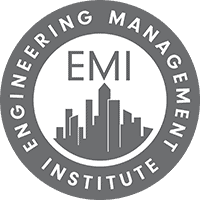Actions Speak Louder than Words in Your Presentation is a guest post by Shoots Veis, P.E.
Most engineers, and most people, will tell you that giving a presentation is not something they look forward to. However, given our love of efficiency, engineers should have a different outlook. One reason we give a speech to an audience is because it should be the most efficient way to share information. The presenter has information they need to disseminate to a lot of people, so why not get them all in a room and tell everyone at the same time? Doing so might even generate questions that you can answer for the group that wouldn’t come up if there wasn’t a group of people in that room.
Therefore, as a matter of efficiency, giving a presentation to a group is a great way to share information. The problem arises when the speaker believes their words are the most important part of the presentation. Unfortunately, humans don’t put much emphasis on just the words when they are listening to a speaker. You may be surprised to find that only 7% of the communication between a speaker and their audience comes from the words that are spoken during a presentation. Another 33% of the communication is based on the speaker’s voice control and tone. Finally, a whopping 60% of what an audience takes away from a speaker is based on the speaker’s facial expressions and body language during a presentation.

The Communication Pyramid
Becoming an Effective Public Speaker
Becoming an effective public speaker means working on those parts of communication that really connect to the audience. Putting all of your speech preparation efforts into getting the words just right will provide little help in communication with an audience. If your idea of a good presentation is putting a bunch of words on a slide and then reading it to the audience, then you are going to fail to efficiently and effectively communicate. Your audience can read three times faster than you can speak. So if it is imperative they understand the information you are going to read to them, instead just have them read the material. Remember, if you read bullet points to your audience, they will only take in 7% of what you are saying.
We have all been to that presentation where the speaker reads from their slides and we all know it doesn’t work. Usually the speaker’s voice doesn’t change much and their facial expressions and body language does not communicate. They are looking at what they are reading and the audience can’t see their face. They stand still while they read, giving the audience no clues to what is important. That is why most people tune out after the first 3 minutes. An effective communicator uses their vocal tone and body language to communicate. Those audiences stay with the speaker throughout the presentation. When you can keep the attention of your audience throughout your presentation, you can efficiently communicate information.
The Conclusion
If you don’t want to waste everyone’s time – including yours – during a presentation, then practice your body language and vocal tone prior to the presentation. Your body and facial expressions needs to communicate to your audience what parts of the presentation are important, what parts are less important, and that you are working hard to communicate with them. Your vocal tone and control needs to send the same message. When your audience sees through your body language and your voice that you are trying to communicate with them, they will listen.
About Shoots Veis:
Shoots Veis, P.E. is the author of Public Speaking for Engineers: Communicating Effectively with Clients, the Public, and Local Government. He is a Senior Project Manager focusing on municipal engineering assignments involving water and wastewater systems, land development, permitting, and project management. He served for five years as an elected member of the Billings, MT city council. Shoots enjoy speaking to engineers about engineering presentations.
Please leave your comments, feedback or questions on the importance of words in your presentation.
To your success,
Anthony Fasano, PE, LEED AP
Engineering Management Institute
Author of Engineer Your Own Success






